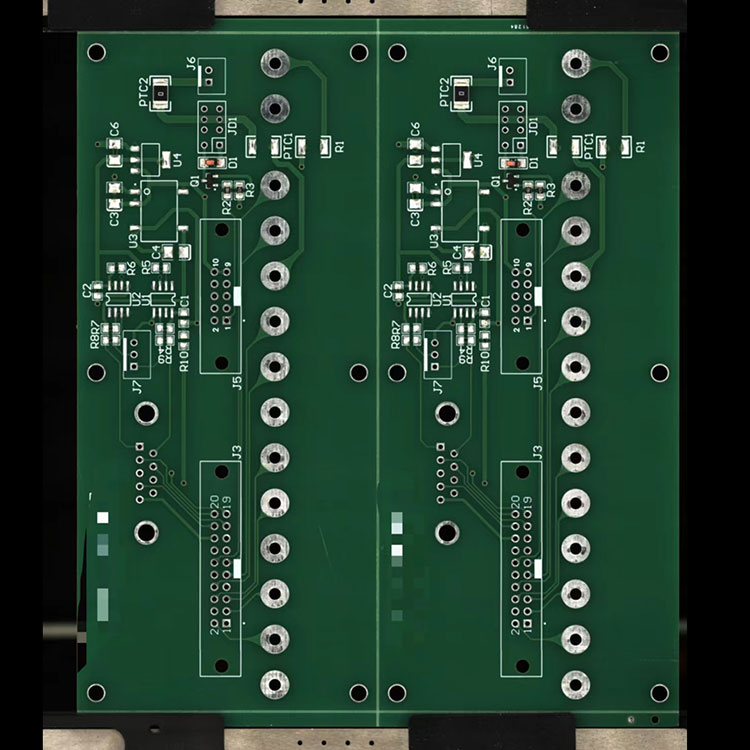
Hayner PCB Technology Co., Ltd. is a leading manufacturer of Aluminium PCBs, offering a range of products to meet the needs of LED lighting applications. With years of experience in the industry, we are committed to providing our customers with high-quality products and exceptional service. To learn more about our services, please visit our website at https://www.haynerpcb.com, or contact us at sales2@hnl-electronic.com.
1. J. Li, H. Zhang, B. Wang, et al., "Thermal Management Design of Aluminum PCB for High-Power LED Light Source," IEEE Transactions on Components, Packaging and Manufacturing Technology, vol. 5, no. 6, pp. 764-769, 2015.
2. Y. Dai, X. Wang, C. Lin, et al., "Performance Improvement of High Power Led on Aluminum PCB," International Journal of Heat and Mass Transfer, vol. 128, pp. 1092-1100, 2019.
3. L. Zhou, J. Li, S. Pan, et al., "Thermal Analysis and Optimization of Aluminum Printed Circuit Board for High Power LED Lighting Applications," Applied Thermal Engineering, vol. 112, pp. 761-769, 2017.
4. H. Li, K. Wu, Y. Zhang, et al., "Improved Thermal Performance of Aluminum Printed Circuit Board for High-Power LED Using Hollow Out Design," Applied Thermal Engineering, vol. 125, pp. 803-810, 2017.
5. K. Wang, K. Chen, X. Xu, et al., "Thermal Performance of Aluminum Printed Circuit Board for High Power LED: Simulation and Experiment," IEEE Transactions on Components, Packaging and Manufacturing Technology, vol. 7, no. 11, pp. 1834-1840, 2017.
6. Y. Zhang, W. Chen, W. Wang, et al., "Design and Fabrication of High-Power LED Aluminum Substrate Heat Sink," Journal of Electronic Packaging, vol. 136, no. 2, 2014.
7. T. Huang, Y. Dai, Q. Liu, et al., "Thermal Performance of a High-Power LED Package on an Aluminum PCB," Applied Thermal Engineering, vol. 94, pp. 20-29, 2016.
8. S. Lin, J. Li, and Y. Huang, "Thermal Analysis and Design of Aluminum-Based LED Street Light Heat Sink," Journal of Electronic Packaging, vol. 138, no. 1, 2016.
9. C. Lopez, A. Pardo, A. Quintana, et al., "Improving Thermal Management in High Power LED Lighting Using Aluminum PCBs," Microelectronics Reliability, vol. 142, 2019.
10. Y. Zhang, W. Chen, Y. Li, et al., "Thermal Resistance Analysis of High-Power LED Aluminum Substrate," International Journal of Thermal Sciences, vol. 93, pp. 260-266, 2015.
TradeManager
Skype
VKontakte
